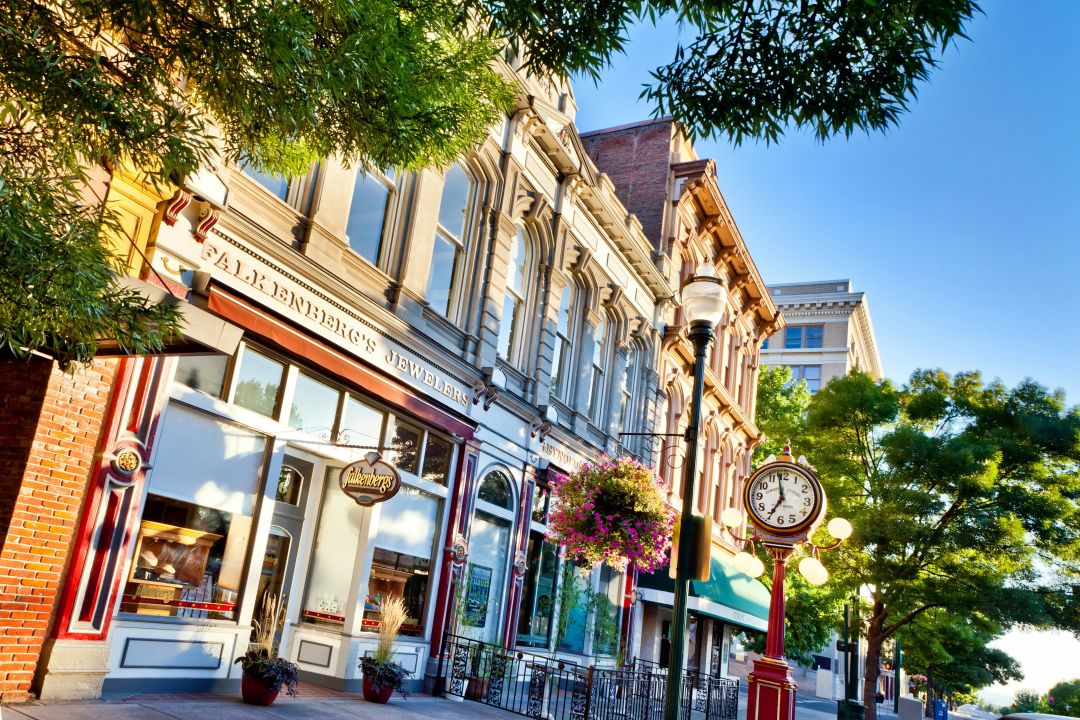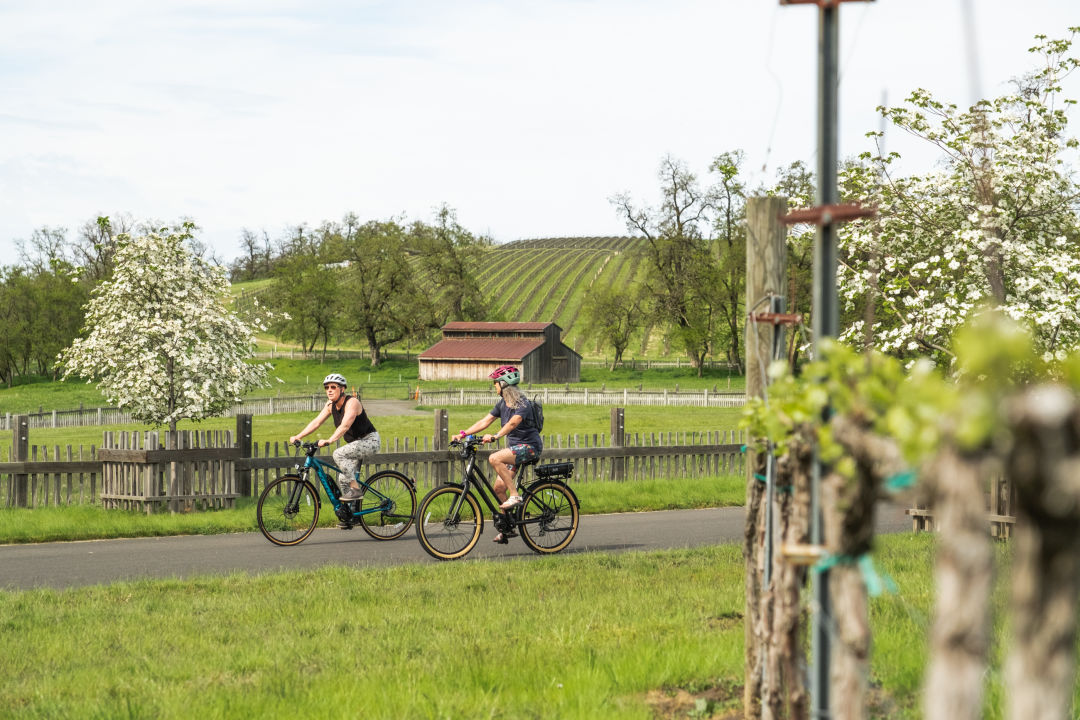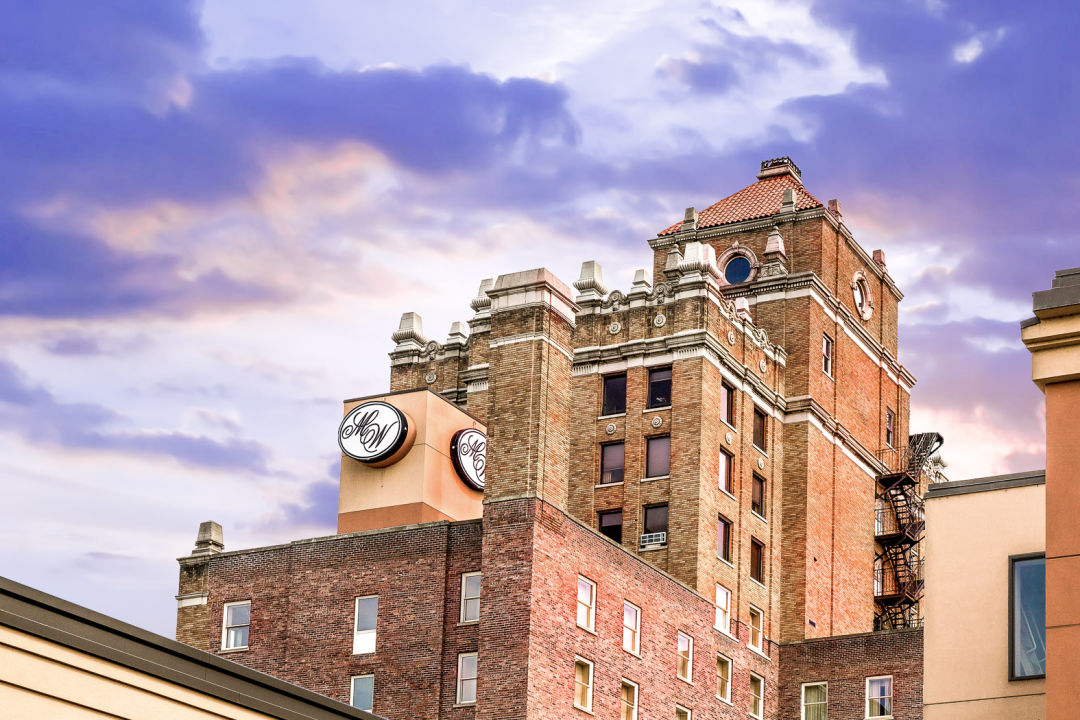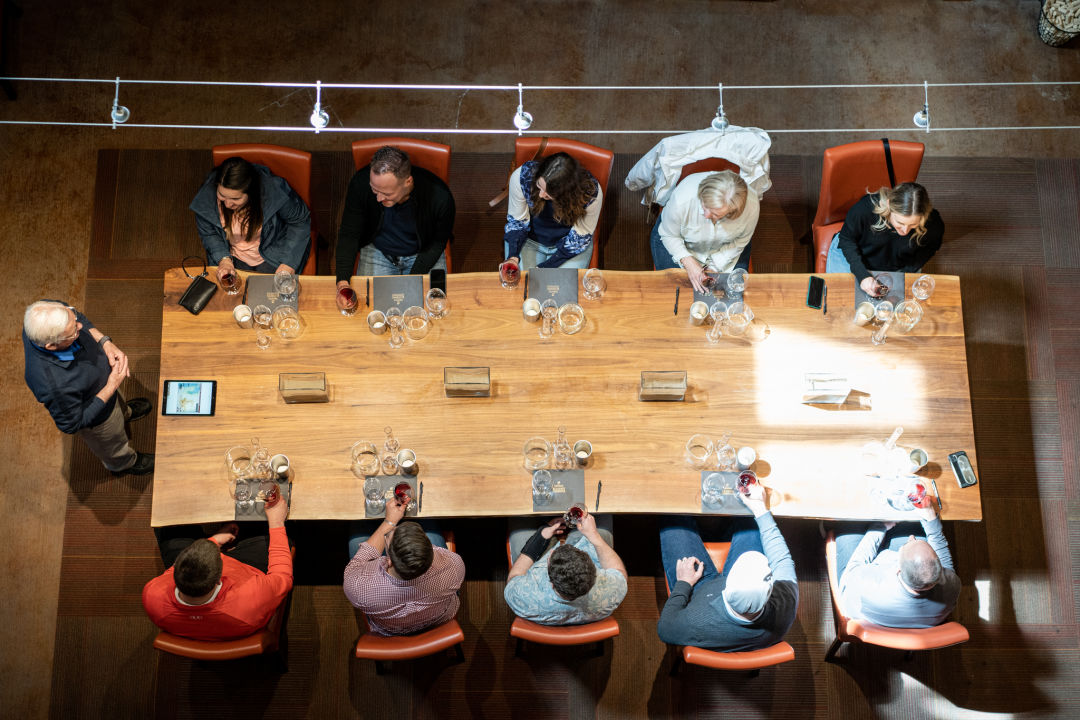Walla Walla Travel Basics

A cute, walkable downtown means Walla Walla wine tasting doesn't have to mean driving.
Remember that saying about how there are no dumb questions? It's especially apt when breaking into the world of wine travel. We broke down the absolute basics of visiting Walla Walla.
Where, Exactly?
Walla Walla sits in the state’s southeast corner, up against the Oregon border. The name comes from an Indigenous word for the river that bisects the valley; white immigrants first planted grapes in the 1860s and established the first commercial winery in 1977. Now the region is home to more than 120 wineries and a reputation as our state’s version of Napa Valley—i.e., rural vineyards, production facilities, and sprawling estates. (Woodinville, just north of Bellevue, is the state’s other winemaking center but few grapes are grown west of the mountains.)
When to Visit Walla Walla
Given the region’s scorching summers and chilly winters, spring and fall are Walla Walla's biggest tourism periods and wineries celebrate release weekends in both seasons. However, many tasting rooms are open year-round and slower months can mean cheaper accommodations and fewer fights for reservations at the area’s best restaurants.

The flat rural roads around Walla Walla are popular with the pedal crowd.
Getting to Walla Walla
At more than 250 miles southeast of Seattle, Walla Walla is just far enough to consider taking to the skies. A drive will take about four and a half hours, and Alaska Airlines flies two hour-long hops per day between Sea-Tac and the tiny regional airport. Anyone sticking to the downtown wineries can easily survive without a car, but elegant tasting patios and vineyard vistas require a personal vehicle or purchase of a guided wine tour.
How Long Should I Stay?
Pre-pandemic statistics showed that the average length of stay for a Walla Walla visitor was a little more than two nights. The city of more than 30,000 has plenty of attractions and amenities, but a long weekend is about perfect.
Where to Crash in Walla Walla
The 1928 Marcus Whitman Hotel and Conference Center sticks up from Walla Walla’s charming downtown like a skyscraper, though it’s only 13 stories tall. It has seen plenty of updates since its Jazz Age glory days, and downtown has abundant other walkable hotels. Smaller, more luxury properties dot the countryside, and affordable chain hotels cluster near the highway.

The Marcus Whitman Hotel and Conference Center can be seen for miles around.
Image: Courtesy Visit Walla Walla
How to Taste Wine in Walla Walla
Downtown Walla Walla has more than 30 tasting rooms, many lined up one after another on the small blocks thronged by historic brick buildings. Most represent production facilities a little farther out of town, or in more remote corners of the state. Lots of small producers work out of the airport district, a more industrial section with nevertheless well-appointed tasting rooms.
Other larger winemakers, many with patios and restaurants, are sprinkled throughout the semi-rural environs, few farther than five miles from the center of town. Finally, a few wineries operate in the town of Milton-Freewater, Oregon, just across the state line, but are part of the greater Walla Walla collection.
While some wineries required tasting reservations before the pandemic, the practice has since spread—though it’s often possible to book tastings the day of outside of busy weekends. Tasting fees range from free to $45, but most sit at or below $20 (and many are waived with a bottle purchase).

Wine tastings can range from a casual solo affair to a guided experience.
Other Stuff to Do in Walla Walla
At one time the town was best known for the Washington State Penitentiary, but today the event calendar is mostly stocked by winery releases, events, and dinners, with a helping of culture from Whitman College and Walla Walla University. Whitman Mission preserves its historic buildings while in recent decades has added thoughtful interpretation of how its titular Christian missionaries were killed by Indigenous tribes in 1847. Ski Bluewood runs lifts in winter, and Wine Valley Golf Club operates every other season. Oh, and the restaurant scene is divine.




